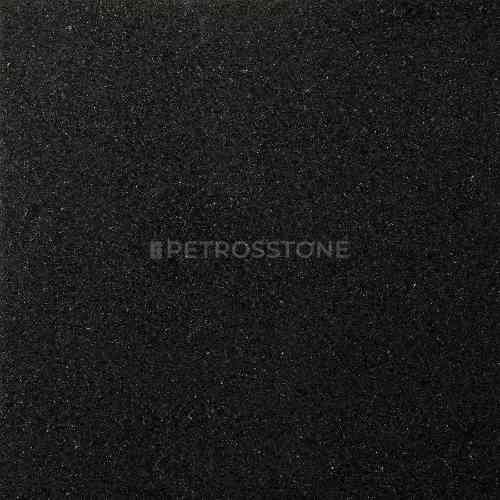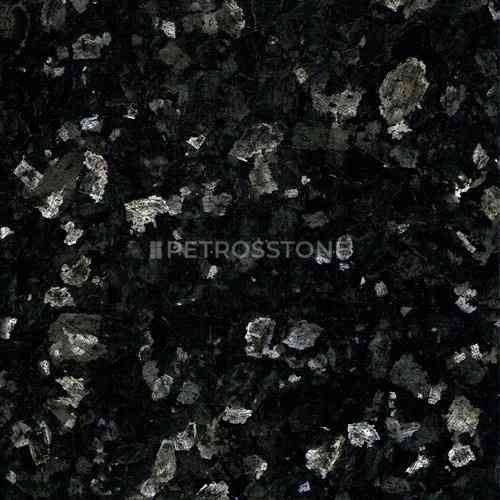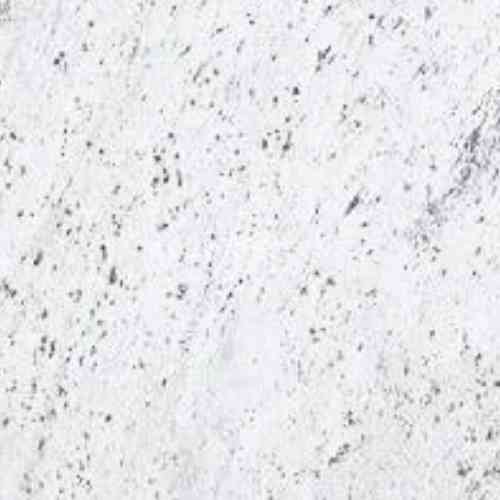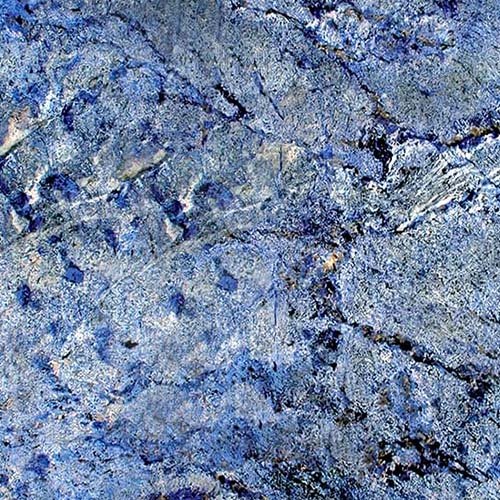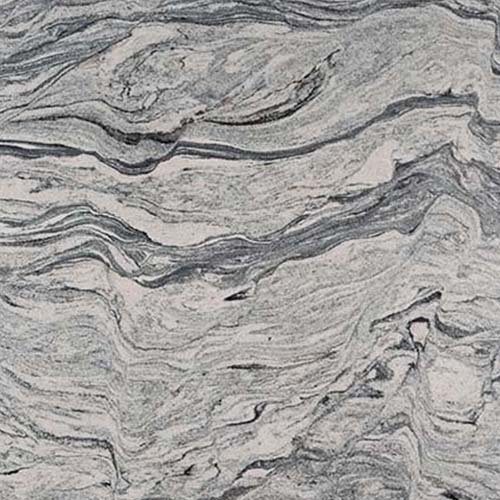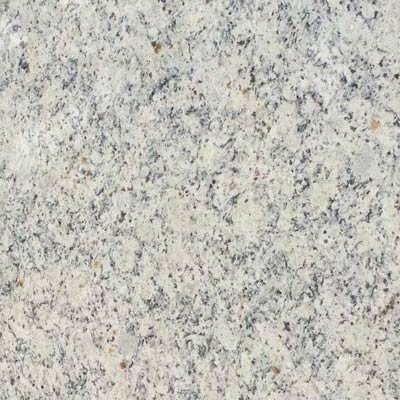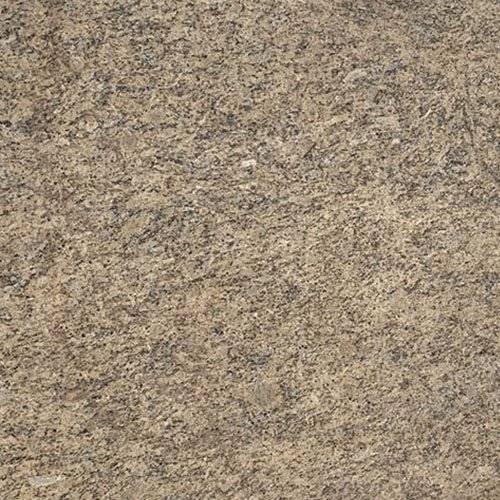
Leathered granite has been gaining popularity. The two main benefits of leathered granite, which stem from its unique finish, are
- soft texture alongside a matte look, combined with
- Improved resistance to fingerprints, water spots and scratches.
The material functions perfectly in hectic kitchens as well as outdoor settings due to its granite-like strength combined with secure gripping surfaces and its special rustic appearance.
In this guide, we will delve into details, like
- The problems with leathered countertops,
- Which granite works best for leathered countertops?
- Do you need to seal it or not?
- Is it more expensive
- What about maintenance costs of leathered granite?
- Cleaning tips and pros and cons.
- The reason why they are often used for exterior countertops and a lot more
Knowing more about leathered granite will help you make an informed decision on whether it fits your project or not.
- Leathered Granite Countertops
- Best Leathered Granite Countertop Colours:
- Is Leathered the Best Finish for Countertops? or Honed, or Something Else?
- Choosing the Right Leathered Granite Countertop
- What to Remember before buying Leathered Countertops?
- What Can Leathered Granite Be Used For?
- How to Care and Maintain Leathered Granite Countertops?
- Why are Exterior Countertops are Usually Leathered?
- Leathered Granite Backsplash
- Edge Profiling Options for Leathered Granite
- How Leathered Granite for Floor Works
- Alternatives to Leathered Granite
- Leathered Granite vs Quartz for Countertops
- Leathered Granite: Their Pros and Cons
- Pros and Cons of Leathered Granite Countertops
- Is Leathered Granite More Expensive?
- Need more Help?
Leathered Granite Countertops
What is Leathered Granite?

The natural stone presents a slightly coarse texture together with a matte surface, which delivers a resemblance to soft leather.
The process of diamond-tip tool brushing produces leathered granite that shows off its natural texture yet maintains an underlying matte finish.
The stone maintains its authentic colour and pattern during this treatment, which does not introduce any shine to the surface.
The leather finish of the granite adds fingerprint, water spot, and minor scratch resistance to the surface, making it suitable for busy kitchens and outdoor countertops. With a rougher, coarser feel, it offers granite-like durability. This finish should be used ideally with harder granites, as softer stones may not tolerate the brushing technique.
Can Leathered Granite be Used for Countertops?

Yes! People interested in a natural textured appearance for their countertops, along with the below functional advantages, should choose leathered granite for their countertops.
- Because of its matte texture, leathered granite performs better at concealing fingerprints as well as water marks, in addition to small scratches.
- It works better for active kitchens and exterior kitchens.
- The leathered finish retains almost all of granite’s durability against heat, stains, and wear while providing an extra grip to help avoid slipping.
Note – It will, however, sometimes be less smooth for things like rolling out dough when compared to polished stone due to its texture.
Best Leathered Granite Countertop Colours:
Almost every granite can be leathered; however, some are better than others. Granites that are dense, really hard, and strongly patterned – Absolute black, Uba Tuba, and steel grey- are good choices. The texture looks best on these tough materials.
Here are top 9 granites that work best for a leathered granite countertop:
Light granites or granites with heavy veining, such as White Ice or Santa Cecelia, can also be leathered, but may yield less dramatic effects.
Softer or more porous granites (like some creamy or gold tones) might not withstand brushing equally. Check with your supplier if the choice of granite you prefer is suitable for a leather finish.
The best stone options are medium to dark-colored and highlight the natural, rough look of this finish.
Is Leathered the Best Finish for Countertops? or Honed, or Something Else?


The type of granite finish that works for you will depend on your needs.
- The leathered granite has a rough and dull finish, which makes it conceal the marks of fingers and stains of water quite well. That said, leathered granite may not be the easiest to clean.
- Honed granite is smooth, one step away from achieving a shine; it doesn’t have a texture. It’s easy to clean. It’s in a sweet spot between a polished and a leathered countertop.
- Although not very shiny, it offers a modern, soft look.
- Polished granite is shiny and classical, but the downside is that it can easily show smudges and scratches, but, on the flipside, much easier to clean.
These finishes can also be stacked upon each other to acheive even newer finishes, for example : Flamed leather finish or sand blasted – leather finish,
If you want a natural look, go for leathered. If you want a sleek, smooth look, honed stone works the best, but requires more sealing. Polished is best if you want a glossy pattern. Choose according to your lifestyle and design preference!
Choosing the Right Leathered Granite Countertop

Here is a quick and easy checklist to help you choose the right leathered granite countertop:
- Refer to the list shared above
- Don’t choose light or porous granites.
- Make sure the granite is crack/defect-free
- Make sure you seal after installing a leathered countertop
- Avoid soft granites, which can scratch or chip easily.
What to Remember before buying Leathered Countertops?
Primarily, remember that this finish has a matte and slightly textured feel, which is much better at hiding fingerprints and water spots than polished granite.
- But this material tends to collect dirt far more easily than polished stone; therefore, cleaning should be performed regularly.
- Always use mild, ph-balanced cleaners, as stronger substances could harm the stone.

With leathered granite, sealing needs to happen always to prevent stains, especially in moisture-prone areas like kitchens and bathrooms.
It is reasonably durable, but might still scratch, so cutting boards should be used for heavy cutting/chopping.
Not all granites look good in leather, usually, it is the darker colours with natural patterns that seem to work best.
What Can Leathered Granite Be Used For?

Leather granite is very appropriate for many surfaces in and around your home. The texture and matte finish are perfect for kitchen countertops because they will effectively resist fingerprints and water spots. It will also be just as perfect in the bathroom vanity, giving an elegant look while being low-maintenance.
Patio tables and bars, along with barbecue counters, commonly utilise leathered granite because the stone hides debris effectively and withstands harsh climates.
Homeowners choose granite slabs to create fireplace surrounds and accent walls because these stones introduce natural rustic elements to their houses. Being durable and resistant to slips, it is a wise choice for traffic areas.
How to Care and Maintain Leathered Granite Countertops?
Should You Seal Leathered Granite?
- How Often Should You Seal It?
Leathered granite is naturally more stain resistant than polished granite, with the need for a seal to prevent it from becoming contaminated.
Normally, it needs a seal every 1-2 years; however, the use of the countertop could also determine its sealing frequency.

How to Check If It’s time to seal your Leathered Granite Countertop Again?
- The best way is to test your countertops every 6 months and check their porosity by simply placing a drop of water on the surface for an extended period of time before wiping it.
- If it seeps in or feels wet to the touch after wiping, it indicates that this is time to seal.
Which Type of Sealer to Use for Leathered Granite?
Sealers that will penetrate or impregnate should be used with leathered granite countertops. Avoid any topical sealant as it will leave a shiny film and trap dirt in the rough surface.
When applying in the kitchen, always verify suitability in a food-prep area.
The surface will look and feel 100% natural while repelling water and oil.
While applying, ensure an even coat, allow for absorption, and wipe off the excess for utmost protection.
How to Seal Granite Countertops?
Clean the Surface
- Apply a granite-safe cleaning solution that contains either stone cleaner at a balanced ph level or diluted dish soap combined with water.
- Scrub using a soft cloth.
- To remove stubborn stains, apply a stone poultice blended with baking soda paste that should include either water for oil stains or hydrogen peroxide for water stains.
- The surface needs an extensive drying process after rinsing.
- Your countertop needs 24 hours of complete drying before sealing.
Choosing the Right Sealer
- Select an impregnating sealer instead of a surface sealer.
- Popular stone sealants include Granite Gold, StoneTech, Miracle Sealants and TriNova.
- Verify that the product is suitable for both food storage and indoor kitchen applications.
Surface Prep
- Ensure the windows are open or there is proper ventilation.
- Wear a mask and gloves.
- Close nearby cabinets with tape or plastic sheeting.
- If the countertop is big, work in sections.
Sealer Application
- You can apply the sealer with a soft cloth, foam brushes or sponges.
- Apply a small amount of sealer through pouring or spraying it on the surface while spreading it smoothly.
- The sealer needs to sit on the stone surface for 15–20 minutes, as per product guidelines.
- Let the sealer remain wet on the surface.
Wipe Off Excess
- Gently use either a paper towel or a dry cloth to remove leftover sealer after waiting for a certain time.
- Gently buff in a circular manner.
Reapply, if required
- Second coats will be needed for certain porous stones.
- Follow the product instructions before applying another coat, which should be within 1–2 hours.
Allow it to cure
- You should avoid putting any object on the countertop during the initial 24 hours.
- During the curing period, refrain from using water or cleaners on the surface.
Check the Seal
- Perform a water test after 24 to 48 hours.
- Droplets of water should be placed on the surface.
- Do not perform anything for another 15-20 minutes.
- The water should form droplets if the seal is effective.
- You will need another coat if the water test reveals that the stone darkens or absorbs the water.
Dos and Don’ts:
- Do not use strong chemicals that might harm the finish.
- Scrubbing pads can scratch the textured surface.
- Avoid vinegar & bleach as they might dull the stone in the long run.
- Blot, do not wipe, to prevent smearing (e.g., honey, syrup).
- Do not use wax or polish on this matte finish, as they may create a whitish pigment.
Cleaning Tips (After Sealing of Leathered Countertops)
- A high-quality penetrating sealer needs to be applied to leathered granite every 6–12 months to stop stains from occurring. Use ph-neutral cleaners to clean spills. Set acidic foods on cutting boards and store oils on trays. Users should always use non-abrasive tools and mild cleaning solutions. Stain resistance towards oil and acids develops from routine maintenance along with proper sealing procedures.
- A regular dusting with microfiber cloths can be effective in removing crumbs and debris.
- After cleaning, allow it to dry so as to avoid any water spotting and also to keep it looking neat.
Why are Exterior Countertops are Usually Leathered?
The exterior countertops benefit from leather finishes because they create a matte and textured appearance that provides better protection against marks and sunlight. Outdoor elements such as sunlight and rain affect the stone less if it has a leathered finish, which gives it a natural look, easy maintenance, and high durability.
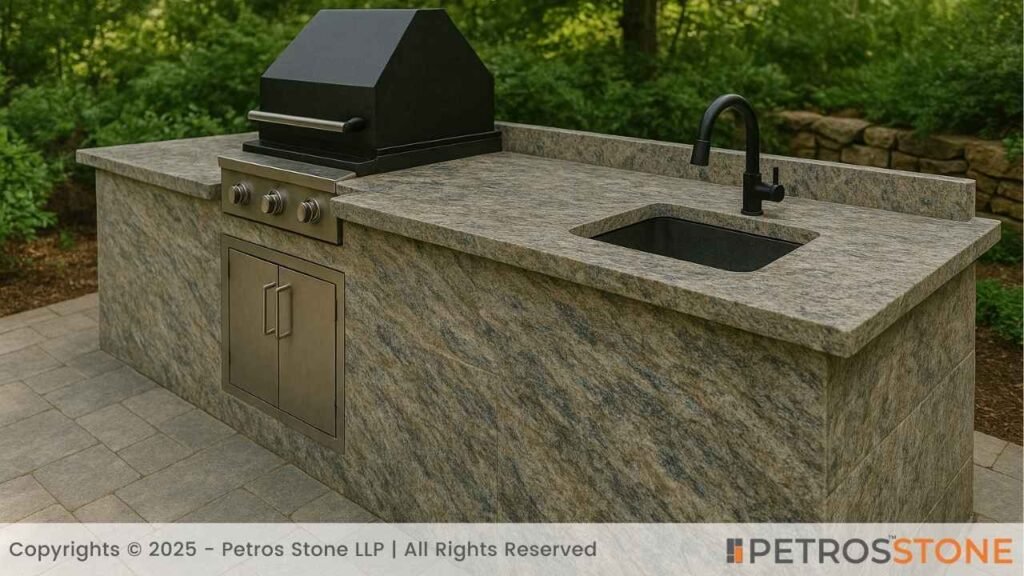
Leathered Granite Backsplash
The surface of leathered granite keeps grease, dust and food particles, so it fails as an effective backsplash material. Some users appreciate the natural look of leathered granite, yet the cleaning problems these backsplashes present outweigh the benefits provided to people. Leathered granite backsplashes might fit your aesthetic as long as you choose appearance over maintenance ease and agree to put in extra cleaning work.
Edge Profiling Options for Leathered Granite

Durability and simplicity are the features of edge options required to pair with leathered granite so that they match the textured look.
- Eased Edge: This edge presents a refined appearance and maintainability because of its gently rounded and smooth shape.
- Beveled Edge: It presents an angular and modern style that complements the natural texture of leathered granite surfaces.
- Laminated Edge: It adds thickness to the material, which enhances the touch quality of leathered granite.
- Ogee Edge: Its design brings decorative features without becoming too complex while retaining the natural appearance of leathered stone.
The edges achieve a balance between design and functionality to prevent profile elements that would clash with the textured touch of the leathered surface.
How Leathered Granite for Floor Works

Leathered granite functions well for flooring because its textured matte finish increases safety in wet conditions, particularly important for bathrooms and kitchens. The leathered surface covers up dust and shows scratches less prominently than shiny finishes, while maintaining an attractive finish in future.
The texturised surface creates difficulties when you want to clean since it can hold on to dirt compared to smooth granite surfaces. Leathered granite represents a strong flooring option considering safety needs and natural presentation, but demands increased maintenance work.
Alternatives to Leathered Granite
Matte Sintered Stone
It stands out because it delivers high durability while resisting stains and heat, and poses zero porosity, which suits countertop and floor applications.

Matte Porcelain Slabs
It is known for its durability, moisture resistance, and large format availability, which allows a wide variety of designs suitable for both indoor and outdoor applications.

Matte Quartz
It possesses consistent colour and texture while resisting stains and scratches, which makes it a low-maintenance substitute.
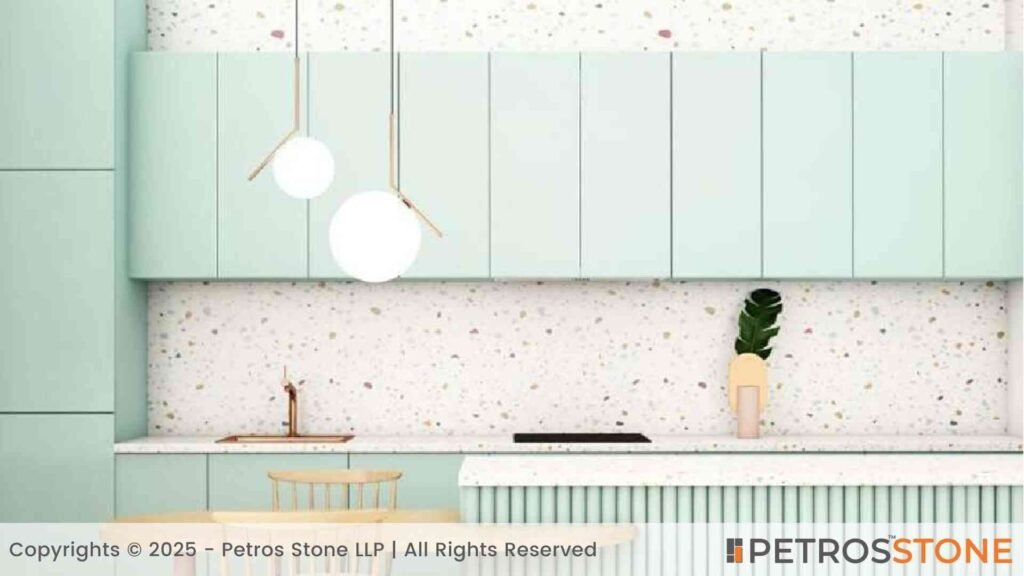
Leathered Granite vs Quartz for Countertops

- Both possess a subdued sheen
- Sealing becomes necessary for leathered granite; quartz does not need any sealing to maintain.
- Granite performs better under heat conditions; quartz exhibits better resistance to both staining and chipping damage.
- Each slab of granite is unique; quartz maintains uniformity along with various colour options.
- Because of its textural nature, granite holds on to dirt particles; quartz demands minimal cleaning efforts.
- Reviews of leathered granite countertops (last)
- The stained and textured appearance of leathered granite countertops makes them attractive to users because fingerprints and spills remain hidden.
- Users choose leathered granite countertops because they find its surface both slip-resistant and stylish, with a feeling of safety.
- Users state that the texture of leathered granite needs regular sealing and requires additional cleaning work to maintain it.
- Users consider leathered granite countertops both durable and attractive, but they need larger maintenance efforts than polished granite countertops.
Leathered Granite: Their Pros and Cons

Here are the pros and cons of leathered granite:
| Applications | Pros | Cons |
| Countertops | Conceals smudges and marks and gives a natural look | Requires sealing, texture holds dirt |
| Stairs | Durable and slip-resistant | Difficult to clean, may reveal scratches. |
| Bar top | Hides stains and shows a rustic charm | Needs to be cleaned and sealed often. |
| Dining top | Conceals fingerprints, resistant to heat | Needs sealing, crumbs can stick together |
| Breakfast table | Disguises are worn and have a tactile surface | Requires a lot of care, will stain if not sealed. |
| Bench top | Long-lasting and conceals scratches | Uneven surface, gathers waste |
| Bathroom | Waterproof, hides blemishes | Requires sealing, risk of mold in texture |
| Hearth | Has an earthy aesthetic that withstands heat | Can trap ash/dust, sealing is necessary |
| Flooring | Can hide wear well and is slip-resistant | Difficult to clean, feels chilly underfoot. |
Pros and Cons of Leathered Granite Countertops

Here is a detailed overview of the pros and cons of leathered granite countertops:
| Pros | Cons |
| Conceals scratches and stains more effectively than polished granite. | Draws in dust and stains, requires regular cleaning. |
| Offers a textured surface that prevents slipping. | Uneven surface collects debris, making it more difficult to clean. |
| With tighter pores, it resists deep stains. | Costlier than polished granite. |
| Greater resistance to chips and acid. | Hides damage that can further cause undetected problems. |
| Requires little care; polishing is unnecessary. | Finishing reduces the thickness of granite due to its abrasive nature |
| Without adding gloss, it enhances the colour of natural stone. | It might pose a strong need to work with experienced people |
| Higher resistance to bacteria. | Opt for factory-finished granite from a manufacturer instead of an importer |
| Conceals fingerprints and slight flaws. | The edges are polished and may not exactly match. |
Most homeowners continue to love leathered granite, although they experience problems with maintenance demands and staining challenges. The material proves suitable for kitchens and outside areas, even though it demands occasional cleaning work.
Is Leathered Granite More Expensive?

The price difference between leathered granite and polished granite remains minor because polished granite still leads the cost scale.
- People choose polished granite because it is popular and easily available, keeping its price lower. Special orders for leathered granite lead to increased expenses because producers handle limited quantities of this product.
The cost depends on the following factors:
During manufacturing, leathered granite requires $0.50 per square foot in extra cost as compared to polished granite surfaces.
The selling price for leathered granite exceeds polished granite by $2 per square foot at retail locations due to business costs and a premium price.
The existing high price of certain stones becomes more expensive after applying a leathered finish.
- Leathered granite installations remain more expensive because the installation process needs careful attention and extra time. Extending the installation period increases cost by $5 to $10 for every square foot.
- Installers should carry out stone handling carefully, as it becomes important to protect the leathered surface, where complex cuts result in increased labour and installation expenses. The final cost of installation tends to rise by 10-20% equivalent to $2-$5 per square foot based on project complexity levels.
Need more Help?
People who are refurbishing or constructing new countertops should consider leathered granite since it offers practicality, unique style and personalized appeal. Before purchasing a countertop, if you need more help, feel free to get in touch with us
Feel free to get in touch for a free consultation, quote, and get a detailed understanding from our experts here at Petros®. Visit https://petrosstone.com/ or call +91-8446360361 and WhatsApp

Hi there,
I’m Ravi, I have over 10+ years of experience in marketing, branding, and event management. Currently, I handle marketing activities at Petros® Stone. From strategic campaigns to creative storytelling, I focus on delivering impactful brand experiences that connect, engage, and convert.
White Galaxy Granite
Blue Bahia Granite
Silver Cloud Granite
Black Pearl Granite
Dallas White Granite
Santa Cecelia Granite

